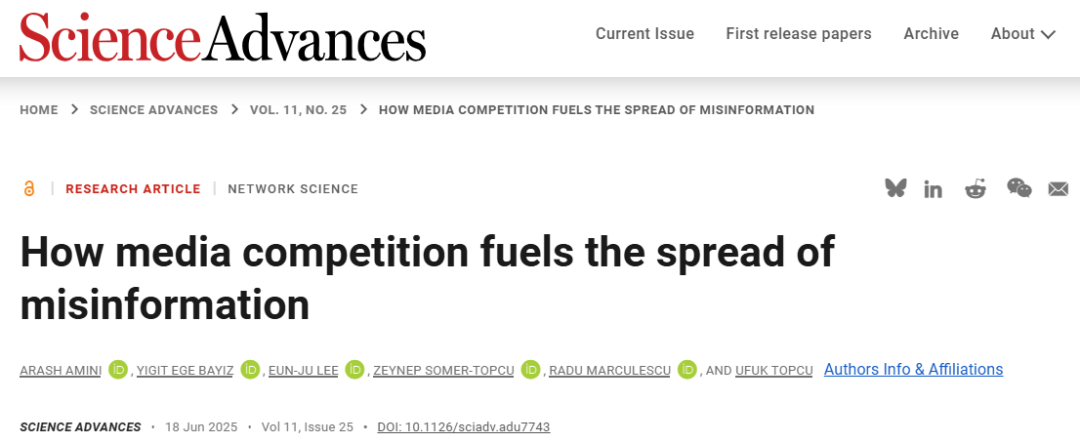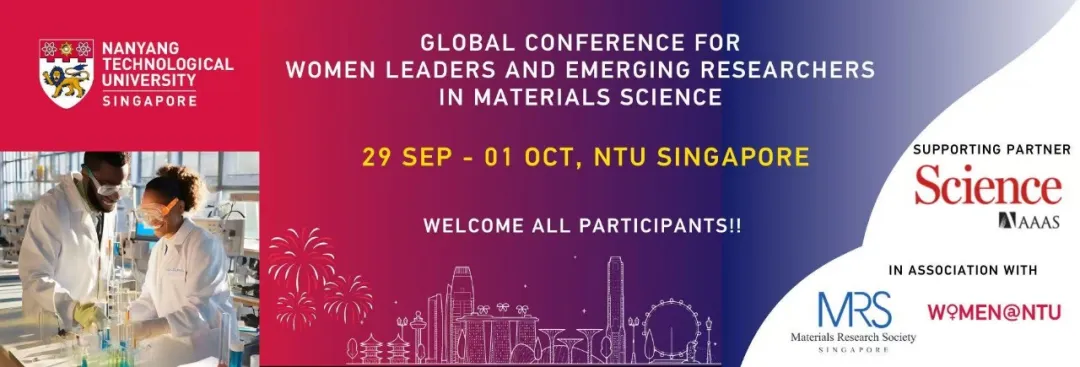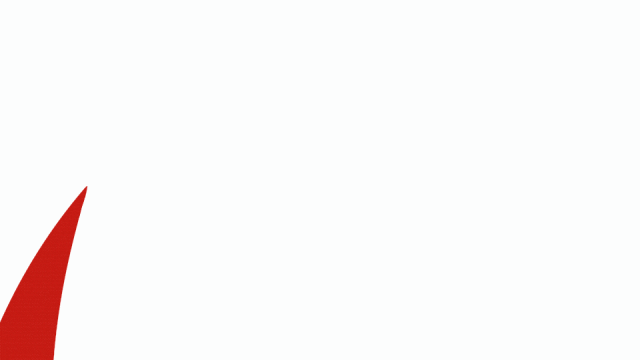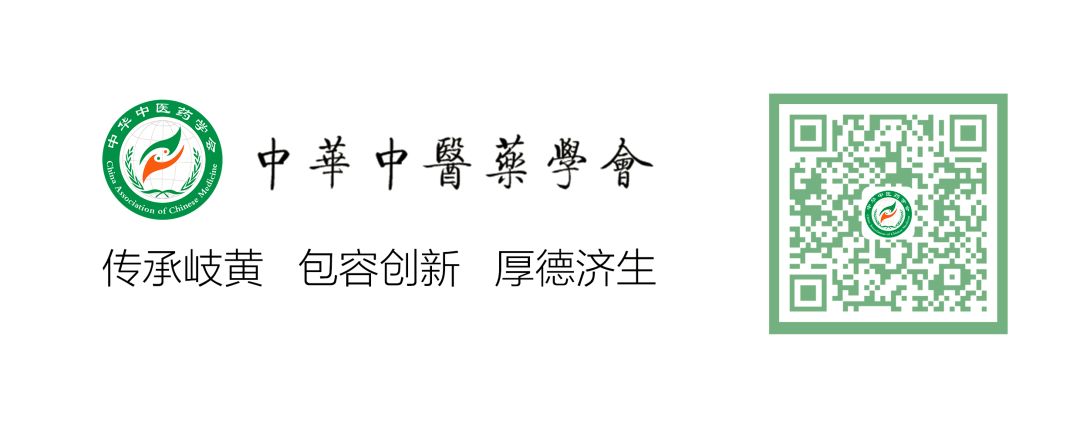const container = document.getElementById("shadow-container"); const shadow = container.attachShadow({ mode: "open" }); shadow.innerHTML = ` . box { color: green; border: 0px; padding: 0px; }


current periodScience Advancesmagazine, a new model provides a description of how news media lead to disinformation in ways that compete for the public's attention. The findings depict a trend(or the so-called "arms race")::The tendency to publish extremely partisan fake news in order to increase audience engagement.

The model may help researchers to make recommendations on the immediate benefits of disinformation to news organizations.(e.g., increased website traffic)and long-term damage(e.g. credibility damage)A quantitative analysis of the long-term trade-offs between the
Study author Arash Amini and colleagues note, "Our findings highlight the effectiveness of educational initiatives that aim to improve media literacy and reduce information illiteracy. By equipping individuals with better skills to assess the credibility of the information they receive, the risk of information illiteracy in the community as a whole can be effectively reduced."
Under the duress of today's "attention-centered" economy, competition for user attention.The news media will race to adopt more flamboyant language and more provocative narratives, even going so far as to create fake news in order to increase reader engagement.
Although sharing false information has become a strategy for expanding audience reach, this practice undermines credibility and can trigger longer-term negative effects. To quantify this trade-off, study authors Amini et al. developed a test model. They used azero-sum game (economics)methodology, i.e., having media organizations(or participants)A choice must be made between communicating true and false information to an audience.
This method relies on a method namedquantum response equalization (physics)of the premise that the game participants can only make certain rational choices in the decision-making process. The model defines the evolution of each participant's influence by monitoring the credibility of the players in the game, the percentage of their accurate reporting, and the pre-existing views of the audience.
By contrasting the distribution of disinformation exposure with the credibility-opinion curve, the output of the model is highly consistent with the real-world news landscape. It also describes the ways in which an "arms race" may emerge between news media.
When one side resorts to fake news, the other side is forced to do the same in order to compete. The model further depicts how such an "arms race" can exacerbate audience polarization and thus lead to an echo chamber effect.
While Amini et al.'s model can describe this "arms race" pattern, they are careful to point out that it cannot reveal the specific motivations behind news organizations' decisions. In other words, we cannot unambiguously label news outlets that strategically use false information as malicious media behavior because their decisions may be shaped by repeated interactions," the team explains.That is, information distortion is a natural consequence of extreme partisanship in the media."





This article is fromScienceAAASPlease contact the webmaster for deletion if there is any infringement.
`;








